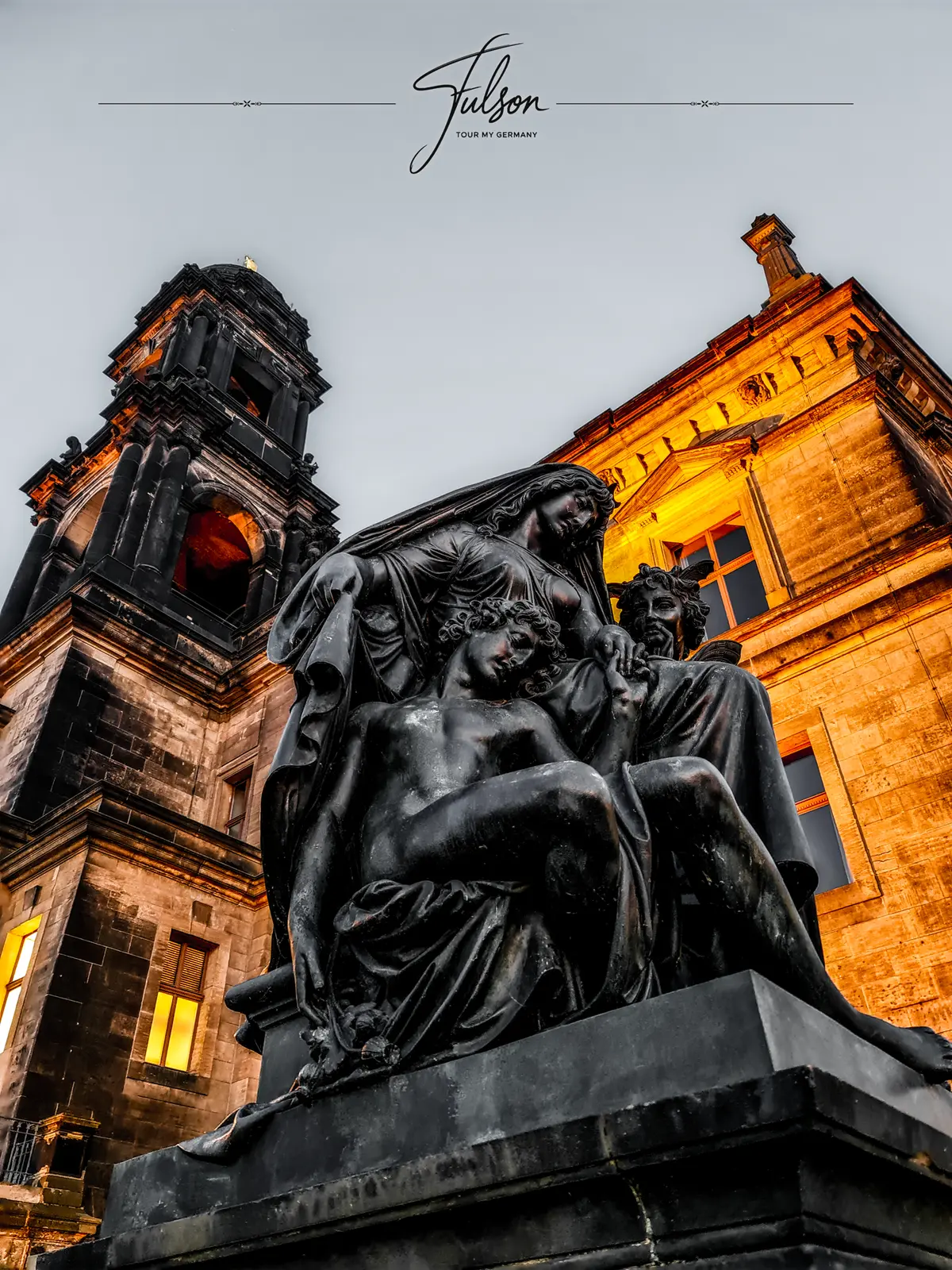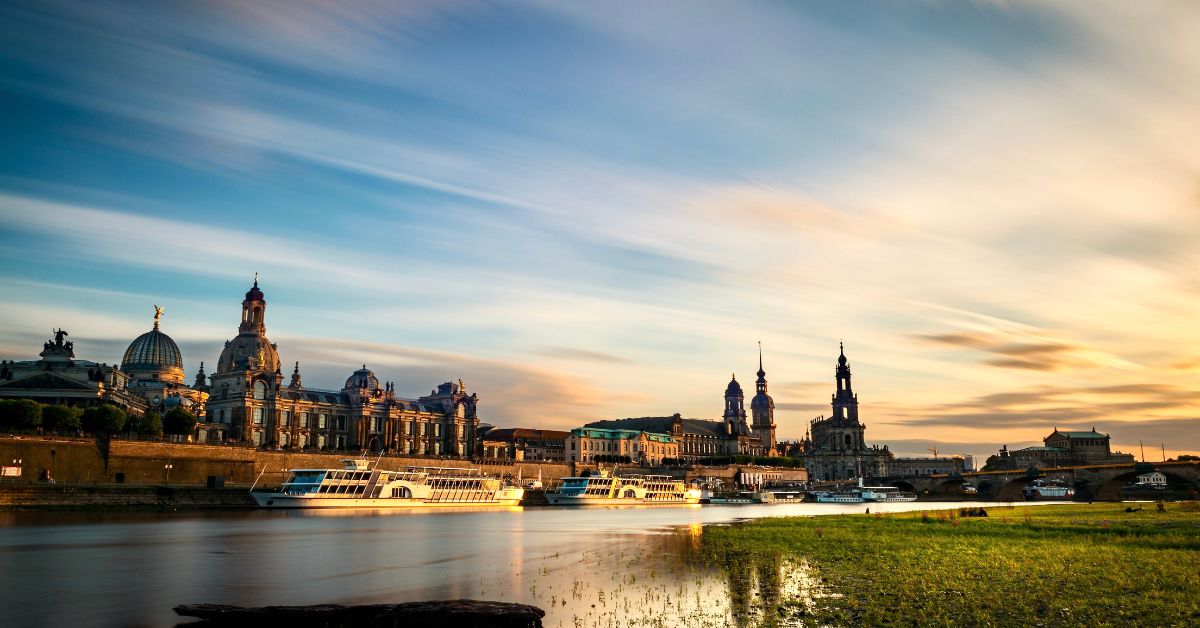- Home
- Top German Cities To Visit
- Dresden Photo Gallery
- Brühl's Terrace, Dresden
Brühl’s Terrace – Dresden’s Iconic Riverside Promenade
By: Eran Fulson / Traveler & Blogger / After 15+ years of travel across North America and Europe, I now help travelers experience Germany beyond the guidebooks with firsthand tips and cultural insights.
About the Photo
You may have noticed that the late evening was my favorite time for a wander. And if there's one thing Brühl's Terrace does better than architecture, it's plenty of statues to make sure you never feel lonely.
I couldn't resist a moody close-up featuring one of the dramatic allegorical statues lining Brühl’s Terrace, with the golden glow of Dresden’s Baroque architecture setting the stage.
Known for its grand views and even grander ego, this promenade isn’t just a pretty walkway—it’s a slice of royal-era swagger perched above the Elbe. Originally part of a private estate, it was opened to the public in the 19th century and quickly became the place to see and be seen (especially if you were wearing way too much lace).
Historical Significance
- Built on Dresden's former city fortifications in the 18th century as part of Count Heinrich von Brühl’s private gardens—since having a garden with a river view wasn’t enough unless everyone else was jealous
- Opened to the public after Brühl’s fall from grace (read: politics got messy)
- Allegedly dubbed the "Balcony of Europe" by Johann Wolfgang von Goethe, which frankly sounds like a travel blogger flex ahead of its time
- The terrace features the Albertinum, Saxon Supreme Court, and Academy of Fine Arts, plus an impressive collection of statues depicting everything from science to poetry to “overthinking at sunset” (probably)
How to Visit Brühl’s Terrace
- Location: Dresden Old Town, above the Elbe River
- Opening Hours: Open 24/7—it’s a public promenade
- Closest Transport / Tram stop: Synagoge or Theaterplatz
- Entry Fee: Free—and prime real estate for sunset photos
Tip: Come at golden hour for soft light and fewer crowds—or at night to see the buildings and statues dramatically lit.
Why is Brühl’s Terrace called the “Balcony of Europe”?
Why is Brühl’s Terrace called the “Balcony of Europe”?
Because Goethe said so—and in the 1800s, that was the equivalent of getting a blue check on Instagram. The name stuck thanks to its panoramic views and regal vibe.
What can you see from Brühl’s Terrace?
What can you see from Brühl’s Terrace?
You’ll get views of the Elbe River, Dresden’s skyline, the Augustus Bridge, and even across to Dresden Neustadt—plus a front-row seat to some seriously photogenic architecture.
Is Brühl’s Terrace free to visit?
Is Brühl’s Terrace free to visit?
Yep. No ticket, no queue, no fuss. Just you, some statues, and a whole lot of “I should’ve brought a better camera.”


